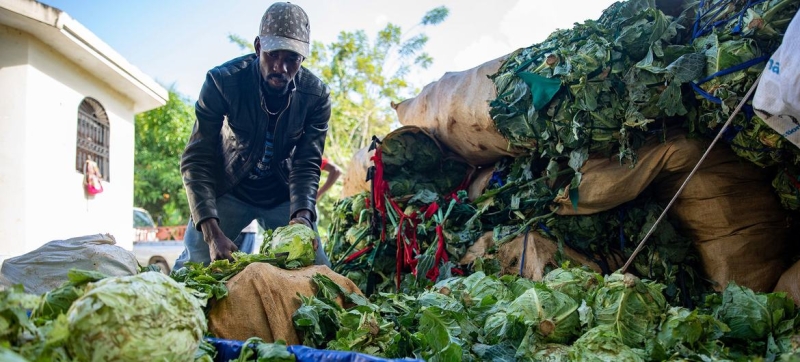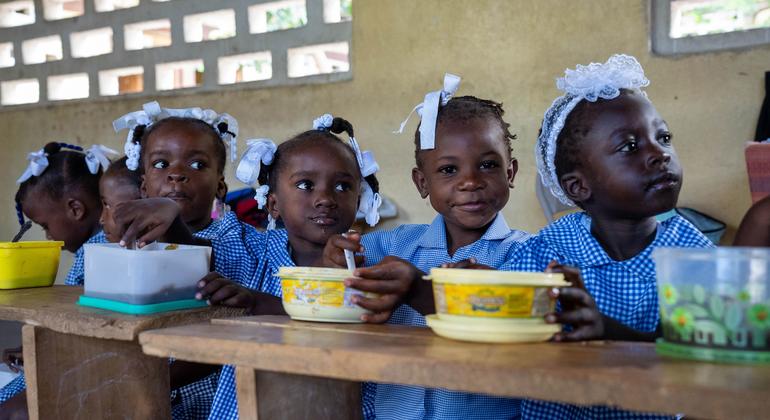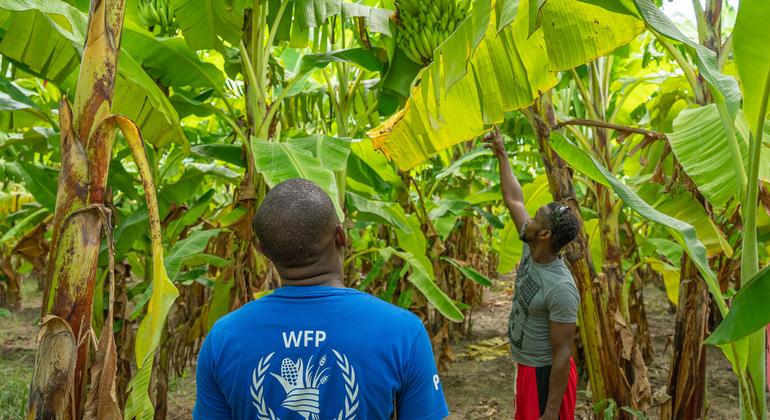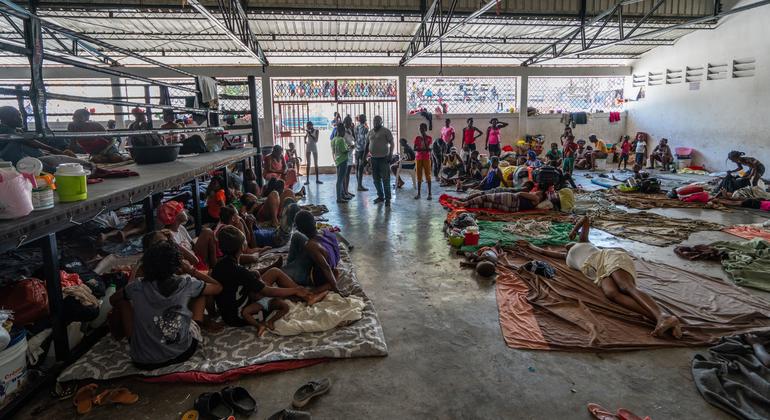
Farmers in southern Haiti are struggling to get their goods to markets. WE EXPLAIN | What are the causes of the food crisis in Haiti? Humanitarian aid
Nearly five million Haitians are in need of emergency food assistance, according to the latest UN data. Ongoing armed clashes between rival gangs raise more questions about how to rid the country of impending famine.
Criminal gangs control up to 90 percent of the territory of Port-Au-Prince, the capital of Haiti. They often use hunger as a weapon to intimidate the local population and maintain power over the territories they control. Gangs control key routes to agricultural areas, disrupting food supplies.
Haiti is home to about 11 million people and, according to a recent analysis supported by UN, about 4.97 million people, that is, almost half the population, need some kind of food assistance. It’s especially hard on children, with an estimated 19 percent increase in acute malnutrition among them in 2024.
Haiti, however, is a predominantly agricultural country that could provide yourself with food.

Why people are hungry?
The executive director of the United Nations Children’s Fund (UNICEF), Catherine Russell, believes that the current crisis is “entirely man-made.” The main causes of food shortages in Haiti, she believes, are increasing gang violence, political turmoil and poverty.
An estimated 362,000 Haitians are internally displaced and experiencing difficulties in providing oneself with food. About 17 thousand people fled Port-au-Prince to safer areas of the country. According to the UN Security Council Panel of Experts on Haiti, the gangs “both directly and indirectly threaten Haiti’s food security.”
The escalation of violence has led to an economic crisis, rising prices and worsening poverty. The activities of criminal groups are disrupting food supplies. The gangs, in particular, set up roadblocks along food delivery routes. They also collect bribes from drivers of vehicles that travel between the capital and the country’s agricultural areas.
Some time ago, a gang leader in Artibonite, Haiti’s main rice-growing region, warned social media that anyone who returns to work on their farmland will be killed immediately. As a consequence, in 2022, the World Food Program (WFP) reported a noticeable reduction in arable land in Artibonite.
According to the Food and Agriculture Organization of the United Nations (FAO), in 2023, production of corn in Haiti fell by 39 percent, rice by 34 percent, and sorghum (a grain crop) by 22 percent, compared with the five-year average.

Where are the roots of the problem?
The current crisis in Haiti is certainly exacerbated by gang control of the economy, but its roots go back to decades of economic underdevelopment and political instability.
Deforestation and natural disasters such as floods, droughts and earthquakes also contributed to food shortages.
Trade liberalization policies introduced in the 1980s significantly reduced import taxes on agricultural products, including rice, corn and bananas, which undermined the competitiveness and viability of local production.
What the UN is doing?
Despite the tense and unstable situation in In localities, especially in Port-au-Prince, the UN continues to provide humanitarian assistance to Haiti, coordinating its efforts with local authorities.
UN staff are distributing food and cash to displaced people and providing hot meals to schoolchildren. Through these programs, more than 460 thousand Haitians have received assistance from WFP.
FAO supports local farmers by providing them with the necessary support during the planting seasons, providing seeds and tools for agricultural work.

What’s in the long run?
Ultimately, like any other underdeveloped country in crisis, Haiti needs to find a path to long-term development that includes sustainable food systems. The main goal is to reduce dependence on food imports and link humanitarian responses to long-term food security efforts.
For example, WFP, which provides school lunches, has committed to source all ingredients from Haiti rather than importing them. This initiative will support and encourage farmers to grow and sell crops that will improve their livelihoods and, in turn, boost the local economy.
The International Labor Organization (ILO) is collaborating with farmers in the southwest of the country in growing the highly nutritious breadfruit. Under this program, approximately 15 tons of flour were produced, part of which is supplied to WFP programs. The ILO also
provides support to cocoa farmers, who were able to export 25 tons of their products in 2023.
Such initiatives increase farmer incomes, improve food security, and help curb rural exodus, but without peace and stability, most experts say Haiti has little chance of significantly reducing its dependence on foreign aid and still providing enough food for its population.
